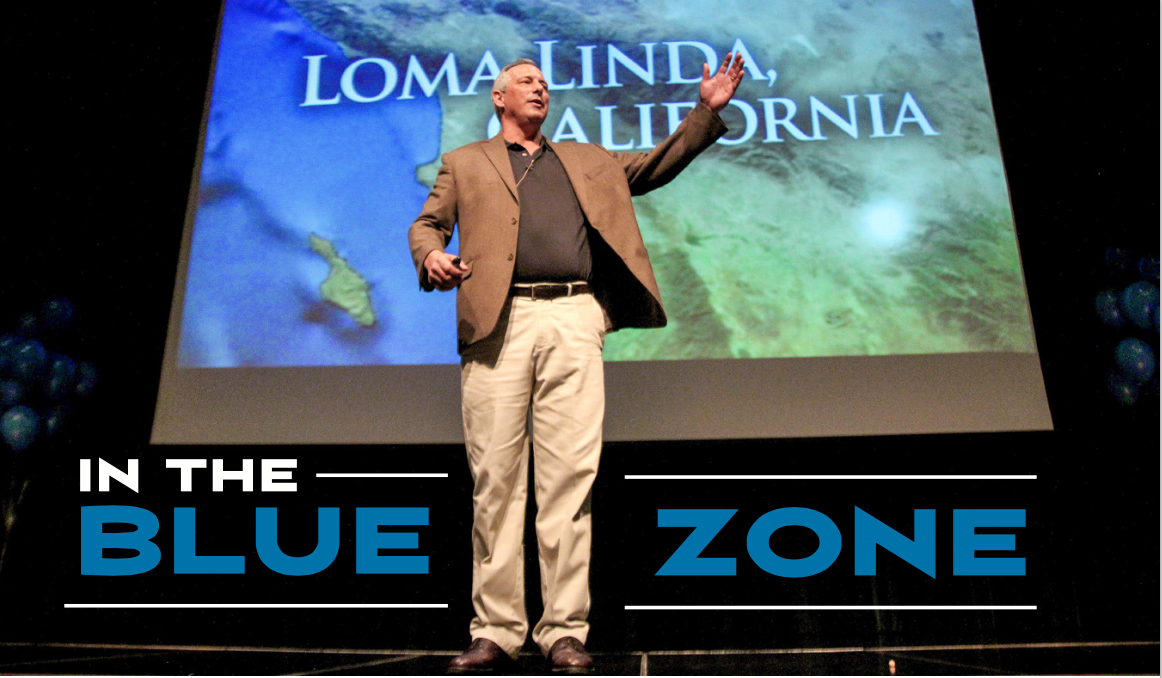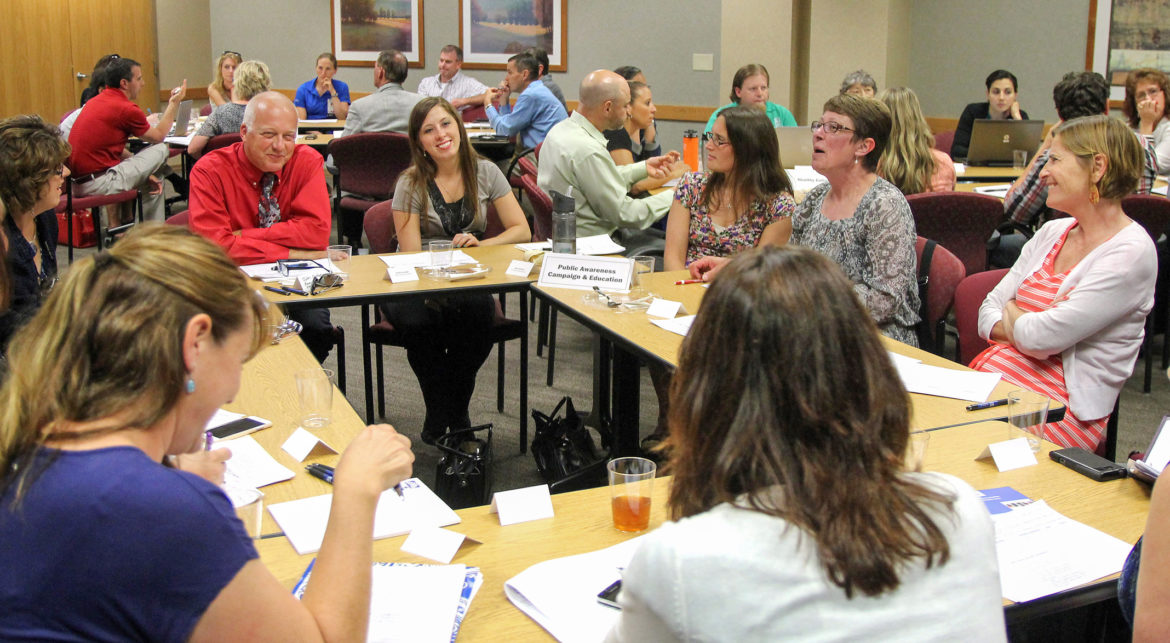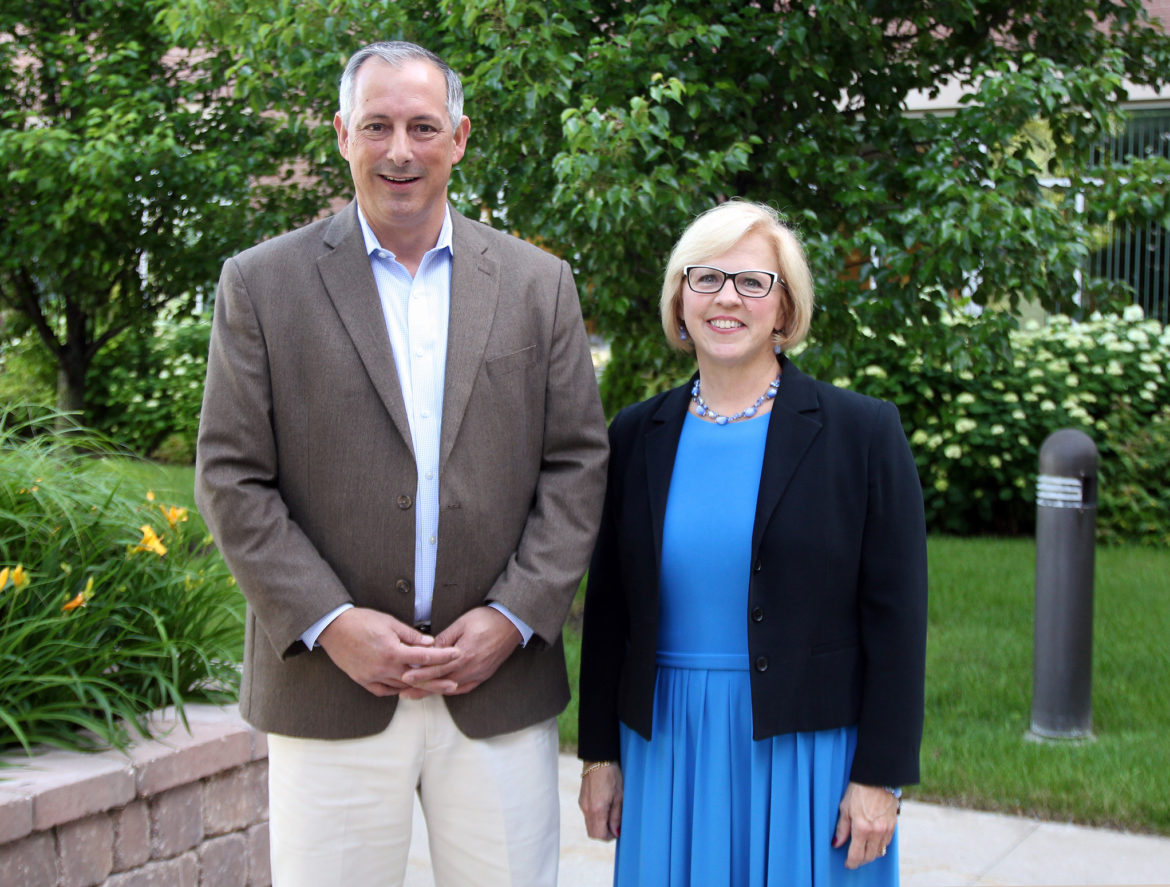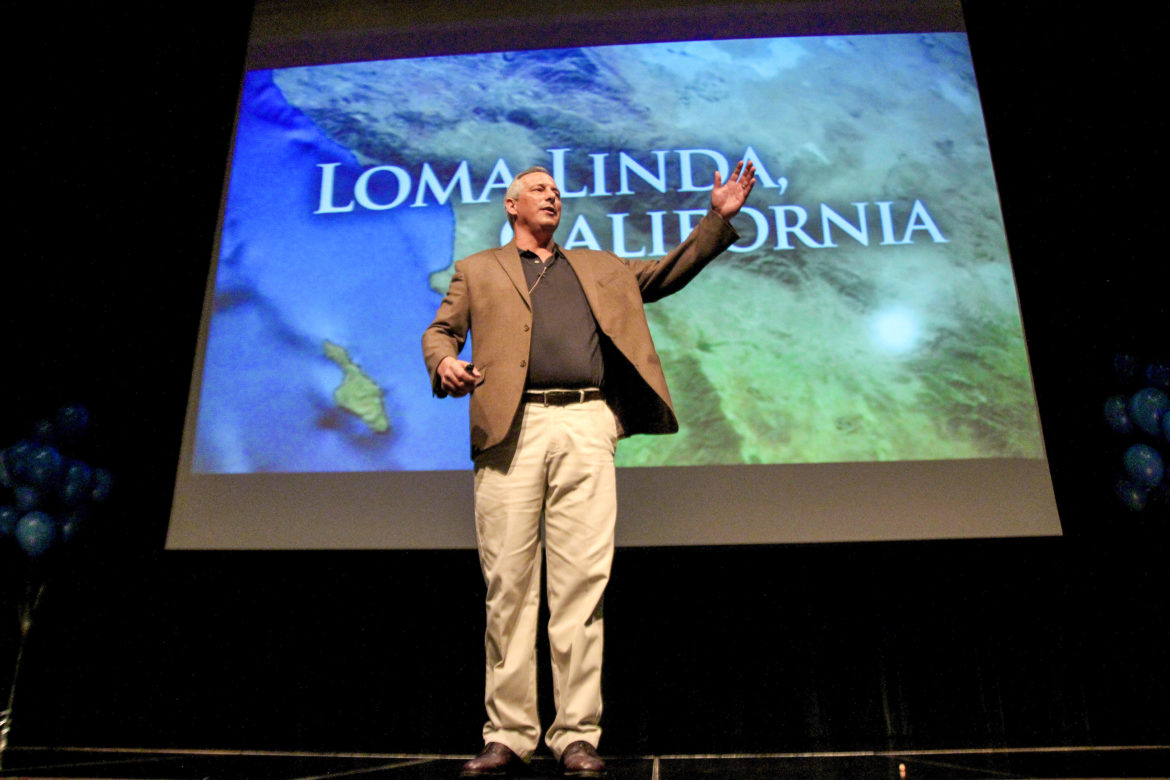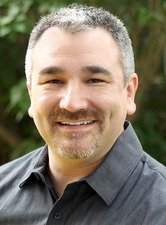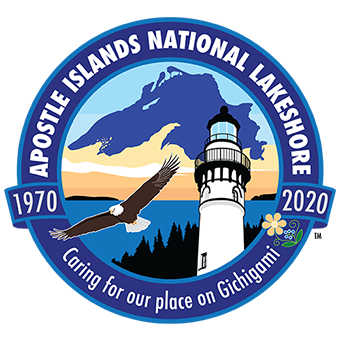His formal presentation was long over, but Tony Buettner remained on stage, answering a rush of thoughtful, probing questions from the engaged audience at Beaver Dam High School. When Buettner finally stepped off the stage, several media approached with additional questions. The next morning, interest was just as high as he spoke to the Beaver Dam Community Hospital Medical Staff, providers and Leadership Team. After one day, this much was clear to Buettner: This was a community hungry for change, with the leadership to assure success; the kind of change that Blue Zones can help facilitate.
Tony Buettner’s appearance on June 16 in Beaver Dam was two years in the making. As the Vice President of Product and Business Development at Blue Zones, Buettner has appeared in hundreds of communities around the country, discussing how research conducted by his brother Dan, along with evidence-based strategies, can help local populations live longer, healthier and happier lives.
Traveling the world, Dan Buettner discovered five longevity “Hot Spots,” communities where people lived to age 100 at rates 10 times greater than the rest of the world: Sardinia, Italy; Okinawa, Japan; Loma Linda, Calif.; Nicoya, Costa Rica; and Ikaria, Greece. Dan studied these five “Blue Zones” closely and discovered nine common traits, known as the “Power 9.” The Blue Zones organization decided to see if they could leverage this information in a way that would help communities across the United States maximize their health and wellness.
When BDCH President and CEO Kim Miller, FACHE, was first introduced to the Blue Zone concept in 2013, Blue Zones worked solely with larger communities. BDCH had just finished work on the Dodge Jefferson Healthier Community Partnership Community Health Assessment, which identified a significant need in the community for improved health and wellness, particularly in the area of obesity and nutrition. Miller was intrigued by their work, but since Blue Zones was not then able to work with smaller communities, she facilitated and led the formation of the Healthy Communities, Healthy Lives initiative in early 2014 to achieve some of the same outcomes. The local group of dedicated regional stakeholders, business leaders, elected officials, physicians and fitness enthusiasts came together to find ways to collaboratively implement strategies that promote better living through shared responsibility and enhanced opportunity. The group divided into four task force groups: Healthy Eating; Healthy Challenges; Running, Walking and Biking Trails; and Public Awareness. These four groups have steadily made impressive progress toward their goals; however, when Miller learned early in 2015 that Blue Zones was now working with smaller communities, she contacted the organization to see what it would take to bring Blue Zones here.
“Our goal is to make the Dodge County region, and beyond, the healthiest region in the State of Wisconsin,” Miller said. “The opportunity to collaborate with Blue Zones, and transform the way we view health and wellness in our community was one we want to lead.” The June 16 kickoff meeting at Beaver Dam High School was a starting point aimed at educating the community on Blue Zones and gauging community interest in the program. Tony Buettner told those in attendance that the human body is programmed to live to age 90, but that Americans, on average, only live to 78. Buettner revealed that a person’s genes only account for 20 percent of their longevity. The other 80 percent is lifestyle and environment. And that’s where Blue Zones impacts the communities in which it works. Instead of focusing on the individual, Blue Zones focuses on the culture, community and environment, developing support systems and implementing evidence-based strategies that help make the healthy choices, the easy choices. For example, research indicated that those who live the longest were not running marathons or members of a gym. Their community provided ways for them to move naturally, which is one of the “Power 9” attributes. So Blue Zones works with communities on finding ways to encourage more movement as a part of everyday life, such as using the stairs instead of the elevator, or creating “walking school buses” to promote safe avenues for children to walk to school.
Blue Zones brings in a diverse group of health and wellness experts from around the country, and along with local volunteers, creates a collective consciousness of wellbeing. This collaboration brings the community’s individual efforts together, moving everybody in the same direction, working toward the mutual goal of improved health and wellness. “Let’s be honest here, there is a health epidemic in this country. For the first time in human history, it is projected that our children will live less long lives than us,” Tony said. “We are interested in partnering with communities who want to work together to lead this project and change the health trajectory of their communities.”
The next step in the Blue Zone journey is an in-depth assessment of the region to determine whether or not it is a good candidate to become a Blue Zone community. This part of the process would take up to four months, including an intensive in-person study of each community for two weeks. After the assessment is completed, a decision would be made about engaging in a multi-year Blue Zones project.
For more information on Blue Zones and the “Power 9,” visit www.bluezones.com. To find out how you can join the local Blue Zone effort, visit www.bdch.com/teamblue.
